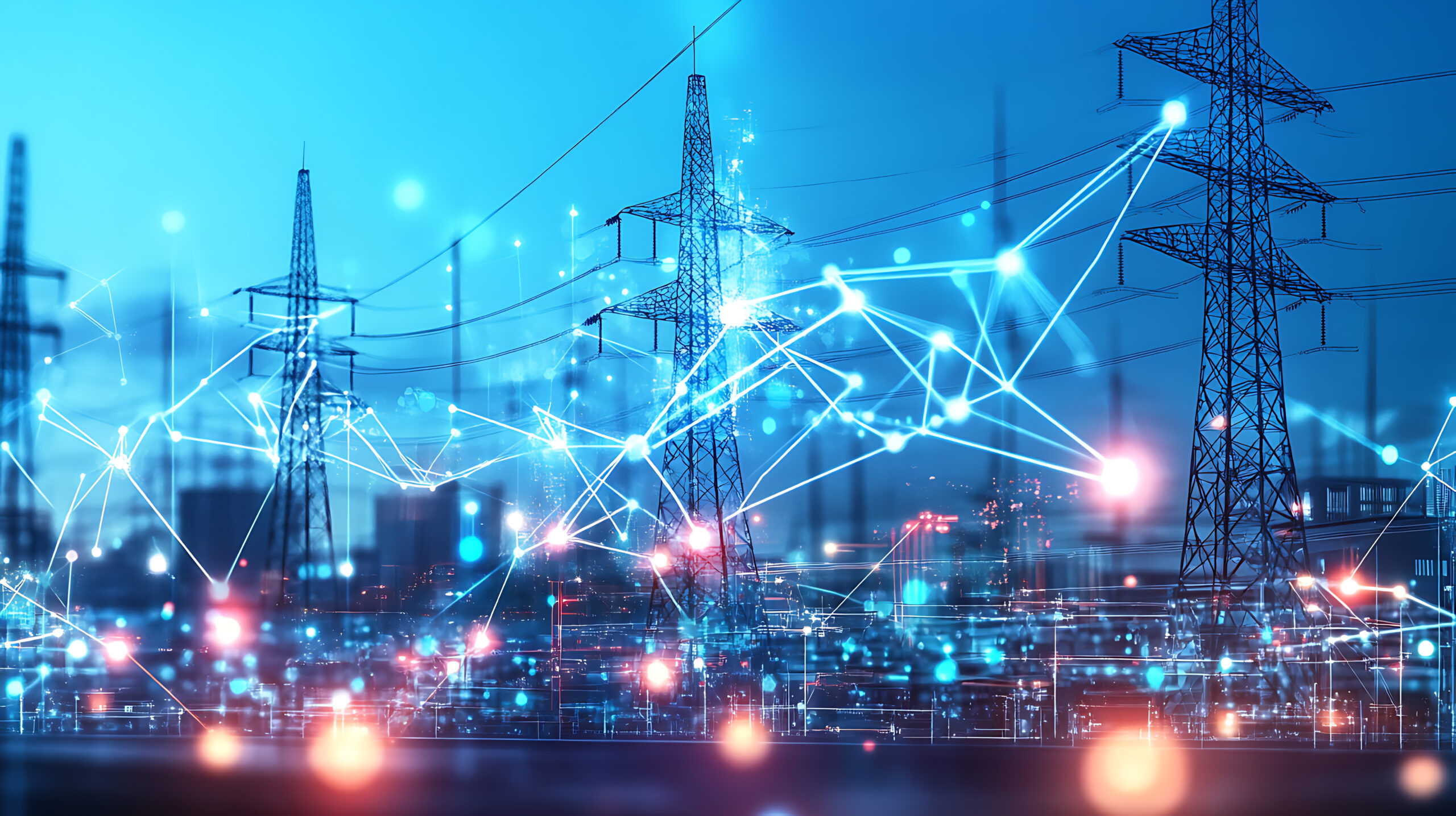By Tyler Pommier
As someone who works in the renewable energy field and calls Baton Rouge, Louisiana home, I’ve spent the past few years watching the South slowly but surely transform its energy landscape. What used to be a region heavily dependent on fossil fuels is now becoming a hub for innovation, clean energy development, and forward-thinking solutions.
2025 is shaping up to be a turning point for clean energy in the South. From solar expansion to smarter grids, the momentum is real—and it’s reshaping how we think about power, jobs, and sustainability in our communities. Below are the top seven trends I see leading the way this year.
1. Solar Energy is Scaling Up—Fast
Solar is no longer a fringe option in the South—it’s becoming mainstream. Thanks to dropping costs, better technology, and increased demand, we’re seeing more large-scale solar farms pop up across states like Georgia, Florida, Texas, and even here in Louisiana.
Utility companies are finally beginning to invest in solar at a serious scale. On the residential side, homeowners are realizing that solar panels are not only good for the planet but can save money on energy bills in the long run—especially in our sun-rich region. In 2025, expect solar adoption to accelerate across both rural and urban areas.
2. Battery Storage is Powering Up
One of the biggest challenges with renewable energy is intermittency—what happens when the sun isn’t shining or the wind isn’t blowing? That’s where battery storage comes in. In 2025, we’re seeing major growth in solar-plus-storage projects throughout the South.
Energy storage allows us to save excess power generated during the day and use it when demand is high or supply is low. This not only helps balance the grid but also makes renewable energy more reliable. It’s a game-changer, especially for states that deal with extreme weather and power outages.
3. The Rise of Clean Energy Jobs
Clean energy is one of the fastest-growing sectors in the country—and the South is benefiting in a big way. From electricians installing solar panels to technicians maintaining wind turbines, these jobs are providing solid career paths for people across the region.
In 2025, clean energy employment is helping revitalize communities, especially in areas that have been historically dependent on coal, oil, or gas. What’s more, many of these roles don’t require a four-year degree, making them accessible to a wide range of workers. This isn’t just an energy transition—it’s an economic one.
4. Microgrids Are Gaining Momentum
In places prone to hurricanes, heat waves, and grid instability, microgrids are proving to be a powerful solution. A microgrid is a small, local energy system that can operate independently from the main power grid. These systems can power schools, hospitals, and entire neighborhoods when the larger grid goes down.
In 2025, we’re seeing microgrids pop up across the South, especially in rural communities and coastal areas. They’re being powered by a mix of solar panels, battery storage, and even small-scale wind. As resilience becomes a top priority, expect microgrids to become much more common.
5. AI and Smart Technology Are Optimizing Energy Use
Clean energy isn’t just about how we generate power—it’s also about how we use it. Artificial intelligence (AI), smart thermostats, and real-time monitoring tools are helping homes and businesses become more energy-efficient.
In 2025, smart tech is making it easier for people in the South to track their energy use, reduce waste, and even participate in demand-response programs that reward them for using energy at off-peak times. It’s the kind of innovation that saves both money and resources.
6. Electric Vehicles (EVs) Are Driving Demand for Cleaner Grids
The rise of electric vehicles is having a ripple effect across the energy sector. As more people in the South make the switch to EVs—thanks to expanded charging networks and improved incentives—the need for clean electricity becomes even more urgent.
In 2025, utility companies are responding by increasing investment in renewable generation to support this shift. At the same time, more public charging stations are being powered by solar or wind, creating a full-circle moment for clean transportation and clean energy.
7. Policy Support is Finally Catching Up
For years, one of the biggest roadblocks to clean energy in the South has been the lack of strong state-level policy. But in 2025, that’s beginning to change. More local governments and utilities are setting clean energy targets, expanding solar incentives, and updating building codes to support efficiency.
We’re also seeing collaboration between public and private sectors to fund renewable projects and bring clean power to underserved areas. While there’s still work to be done, the political tide is starting to turn—and that’s making a real difference on the ground.
Final Thoughts
As someone who works every day to help bring clean energy solutions to life, I can honestly say that 2025 feels different. The South is no longer sitting on the sidelines—we’re stepping into a leadership role. These seven trends are more than headlines. They’re signs that our region is evolving, adapting, and investing in a future that’s cleaner, more resilient, and more equitable.
Whether you’re a homeowner thinking about solar, a student considering a clean energy career, or a business leader looking to reduce your carbon footprint—now is the time to get involved. The energy transition isn’t coming. It’s already here—and the South is ready to lead.
